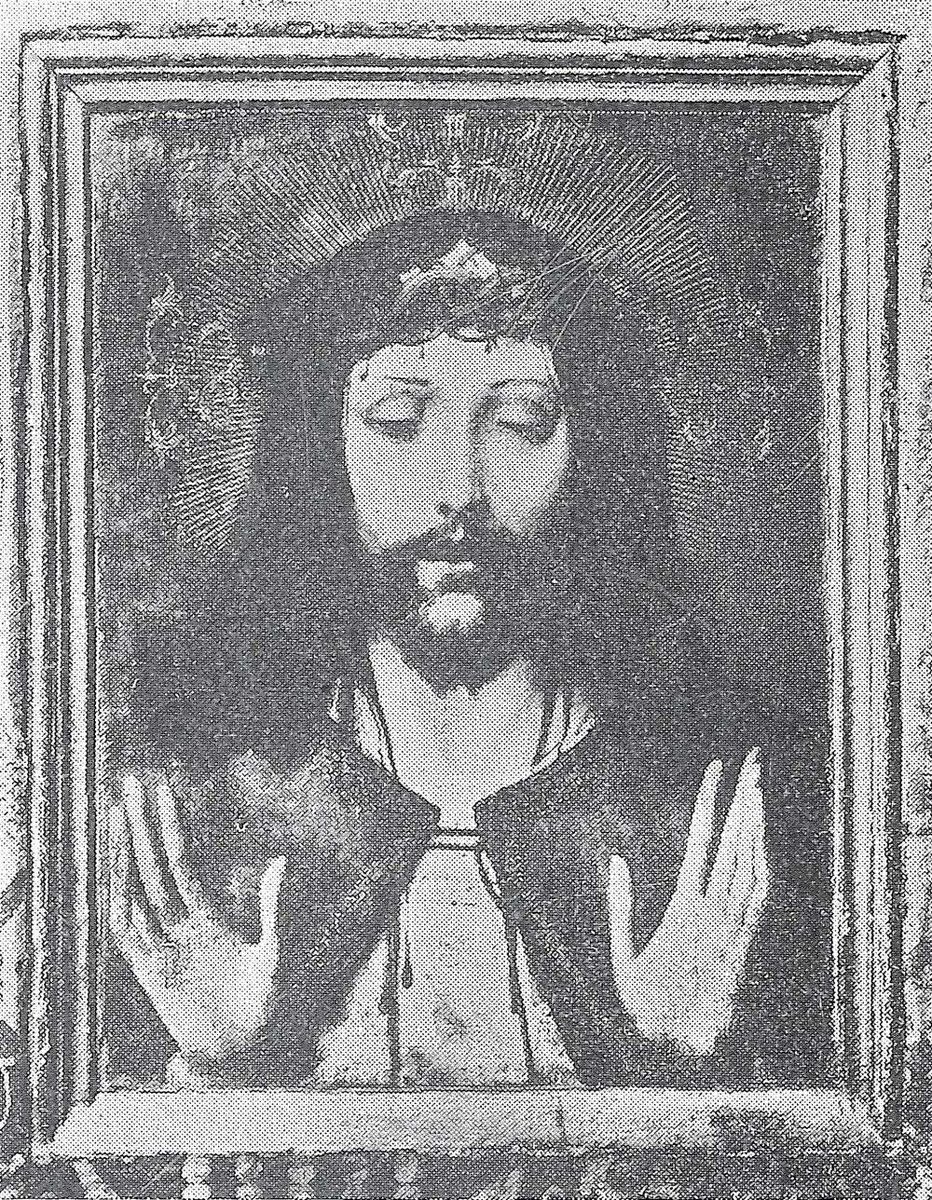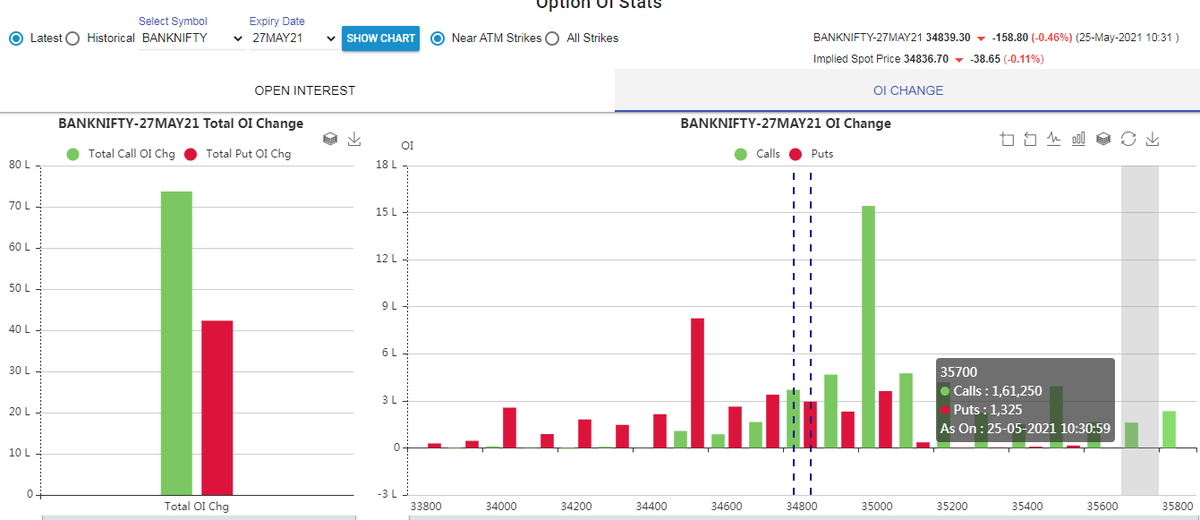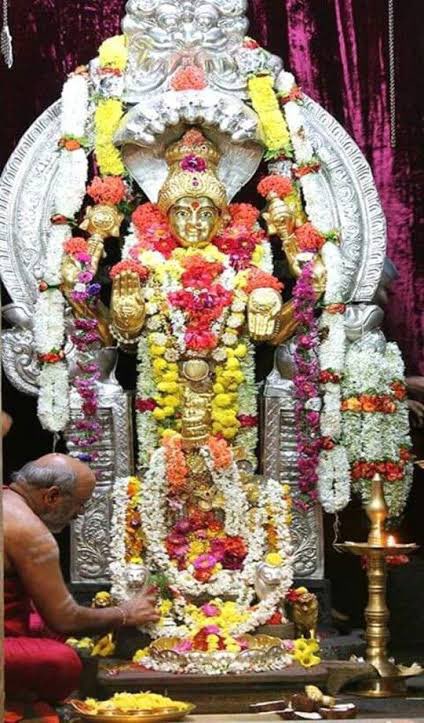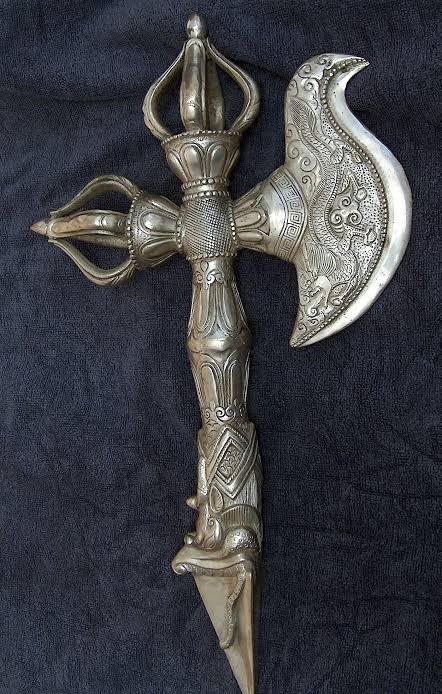The greatest treasure looted from the Ethiopian people at Maqdala in 1868 isn't in the BL or V&A. The Kwer'ata Re'esu, the most sacred icon of the Ethiopian people, was stolen by a representative of the Queen, later sold by his heirs & remains hidden in a bank vault today. 1/10
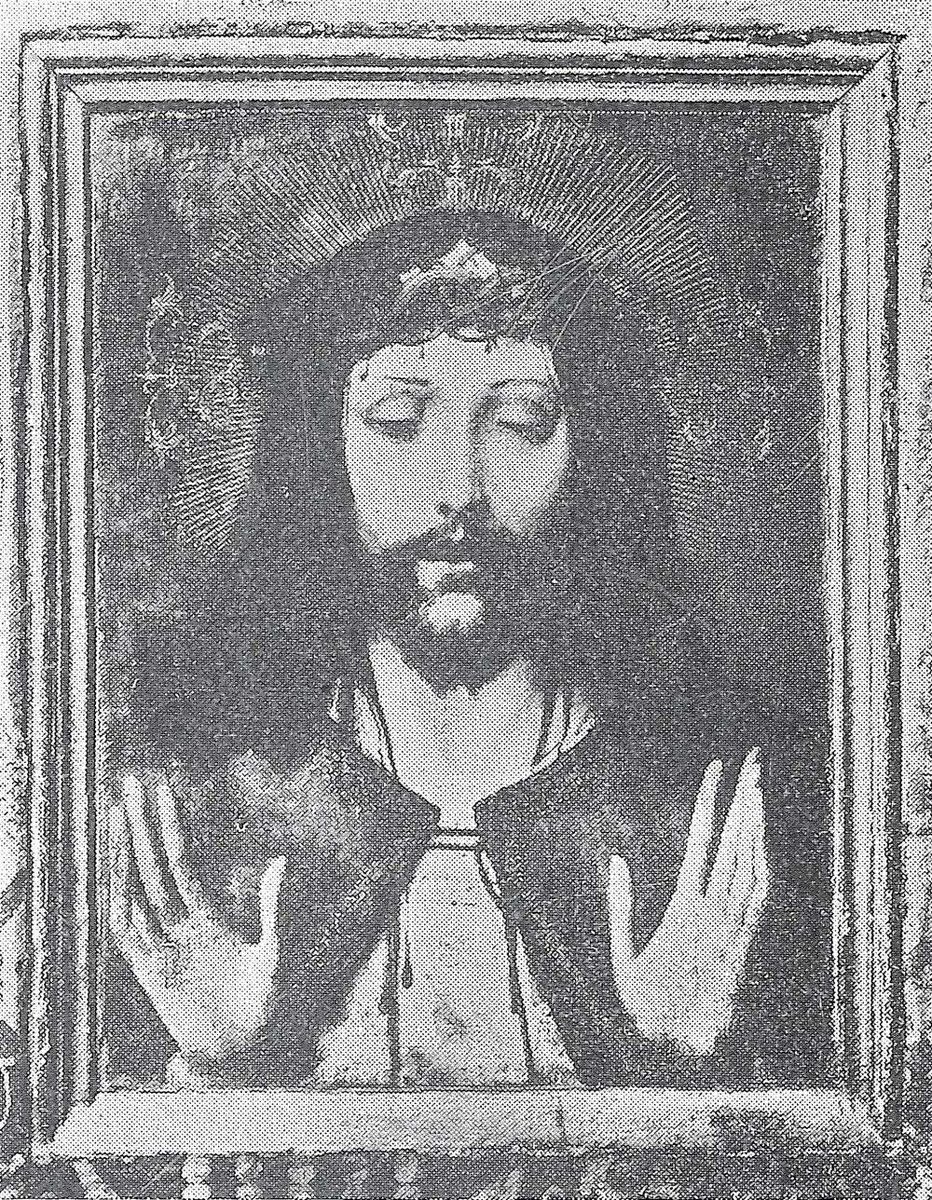
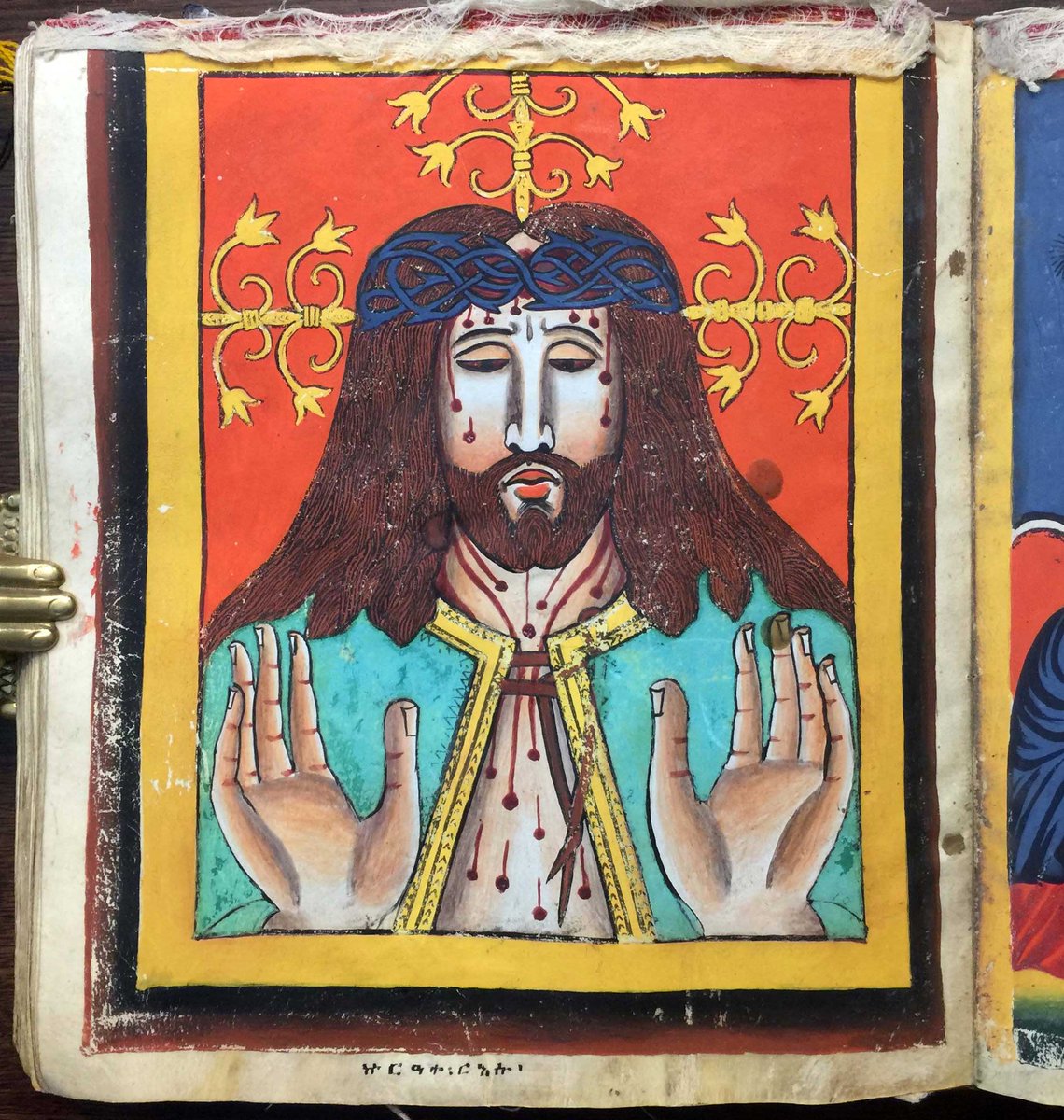
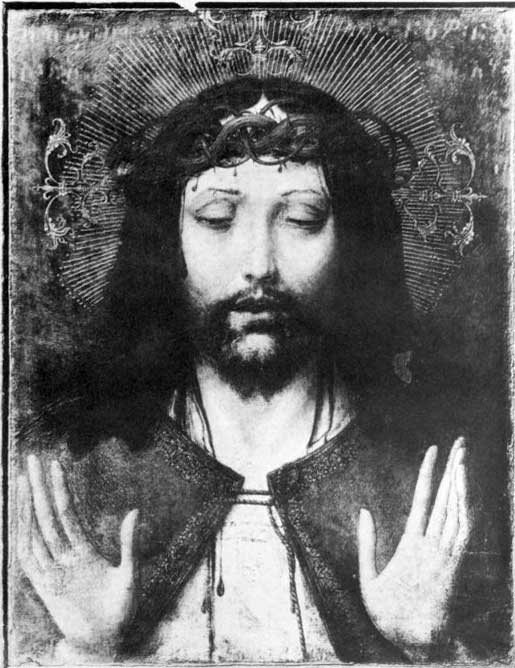
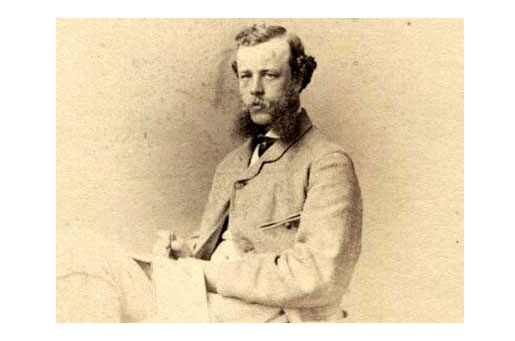
https://t.co/2wTmkkpAAE
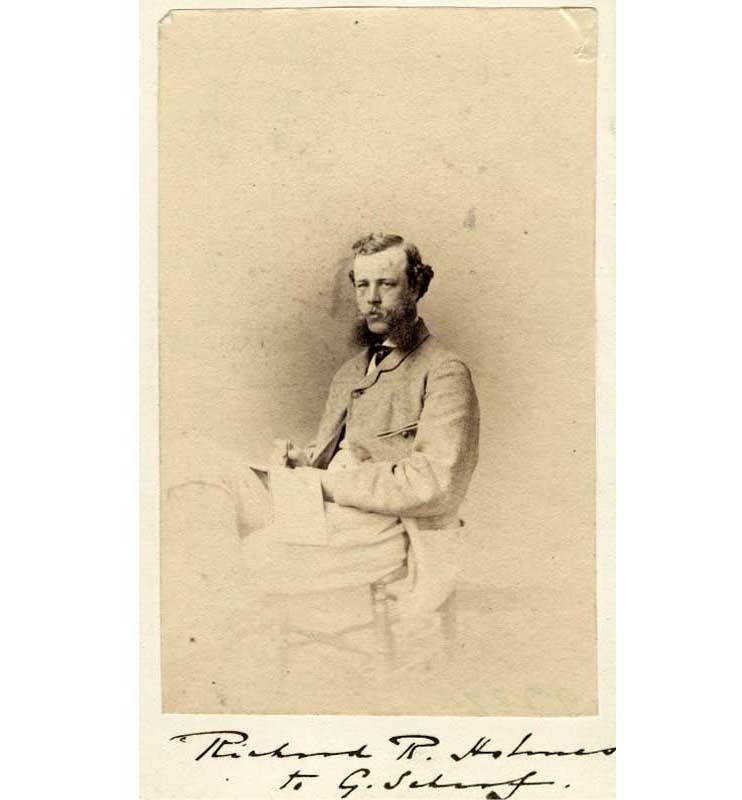
It is believed that it remains with his family until today, locked in a bank vault in Portugal. 8/10
More from History
You May Also Like
A list of cool websites you might now know about
A thread 🧵
1) Learn Anything - Search tools for knowledge discovery that helps you understand any topic through the most efficient
2) Grad Speeches - Discover the best commencement speeches.
This website is made by me
3) What does the Internet Think - Find out what the internet thinks about anything
4) https://t.co/vuhT6jVItx - Send notes that will self-destruct after being read.
A thread 🧵
1) Learn Anything - Search tools for knowledge discovery that helps you understand any topic through the most efficient
2) Grad Speeches - Discover the best commencement speeches.
This website is made by me
3) What does the Internet Think - Find out what the internet thinks about anything
4) https://t.co/vuhT6jVItx - Send notes that will self-destruct after being read.

